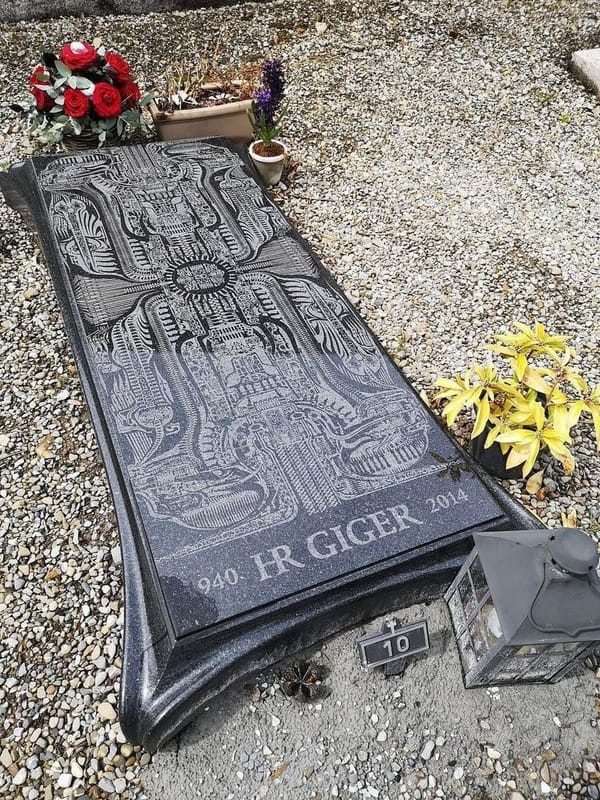Today on Project Gutenberg: "The Booklover and His Books"
There's art on your shelves.

Today on Project Gutenberg, we have…
The Booklover and His Books, by Harry Lyman Koopman
Books! We love 'em to bits around here. I can spend a whole day being around books, poring through them and admiring them, whether they're the library items that pass through my hands or the books that adorn my own shelves at home. But I'd bet that neither you nor I love books as much as the author of today's Project Gutenberg find.
Harry Lyman Koopman was a poet who spent his professional life working in university libraries. His most prominent position was at Brown University, where he served as librarian from 1893 to his retirement in 1930. The Booklover and His Books was published in 1917. It consists of several essays written by Lyman during the first two decades of his tenure at Brown, "in rare moments of leisure scattered through the busy hours of a librarian." He describes his work as "not a systematic treatise, but rather a succession of views on one many-sided subject." That subject, of course, is books—specifically the aesthetic value of books, the idea that books can be works of visual art and the proper qualities of a book which is stunning both inside and out.
In short, if you're the kind of person who seeks out fancy leatherbound editions of classic novels or exclusive variant covers for your favorite romantasy series, this is the book for you.
Across the twenty-four short essays that make up this text, Koopman identifies various elements of how a book is constructed and presented to readers, then shares his findings/opinions on how the ideal book—legible, beautiful and portable—should approach each of these categories.
This means you get essays on a lot more than just cover design. Koopman describes the sort of typeface he thinks books ought to have, the ideal thickness of paper, the type of binding to use (I'll paraphrase him here by saying: it's parchment. It's ALWAYS parchment). This list of requirements might seem absurd to us, but Koopman justifies them with his frustrations stemming from years of working as a librarian. This is most apparent in the essay titled "Books as a Librarian Would Like Them," where he unleashes a wave of pent-up fury at publishers for daring to sell him books that are too cheap, too fragile and take up too much precious shelf space:
When one considers that in most of our libraries it costs, all told, a dollar to shelve a volume, one realizes that the librarian has against the publisher a grievance that can be put into the language of commerce. If every book is occupying a dollar's worth of space, which ought to accommodate three others, then, gentlemen publishers, in swelling your books to catch the public eye, you have taken from us far more than you put into your own pockets from your sales to us. You have made our book storage four times as costly and unwieldy as it ought to be; but you have done worse than this, you have sold us perishable instead of durable goods. You have cheapened every element of the book—paper, ink, and binding—so that, while we begin the twentieth century with some books on our shelves that are over four hundred years old and some that are less than one, the only books among them that have any chance of seeing the twenty-first century are those that will then be five hundred years old; the books that might have been a century old will then, like their makers, be dust.
In my opinion, much of the book is pretty dry and disjointed. A reader is less likely to get enjoyment from it if they attempt to read more than one essay in a single sitting, and Koopman is a wordy gentleman who's writing mainly to amuse himself; his paragraphs are thick and meandering, and you'll get confused if you don't have the means to look up all the specialized terms and references he uses. The real value of this book, at least for me, is that it gives readers an opportunity to reflect on how the standards and scope of "books as visual art" has changed in the past century.
Koopman's sixth essay is titled "The Book of To-Day and the Book of To-Morrow" (sic). In that essay, he despairs over the terrible quality of the books most readily available to the reading public of his day. When he lists all their shortcomings and design flaws in detail, you realize that what he's describing is essentially a pulp paperback:
It is a one-volume novel, a rather clumsy duodecimo, with a showy cover adorned with a colored picture of the heroine. It is printed on thick paper of poor quality, with type too large for the page, and ugly margins equal all around. Its binding is weak, often good for only a dozen readings, though quite as lasting as the paper deserves. For merits it can usually offer clear type, black ink, and good presswork. But its great fault is that in addressing the buyer it appeals to the primitive instinct for bigness rather than to the higher sense that regards quality. Such is the book of to-day, emphatically what Franklin over a hundred years ago called a "blown" book.
Coming to the part about the "showy cover" with its "colored picture of the heroine," I couldn't help but laugh a little bit. Koopman might have disparaged the images on those flimsy volumes, but today there are lots of people who admire and have nostalgia for covers of that type. The old painted covers of mass market paperbacks are now considered something of a lost art. People collect them, share pictures of them online and even design unofficial covers for modern books using that visual style. As more modern books covers take advantage of stock images, Photoshop and even generative AI, the booklovers of today now see the value in the publishing trends and artistic techniques that the booklovers of yesterday decried as cheap and undignified.
Koopman recognized that "any time some new process may be discovered that will transform the book into something as unlike its present character as that is unlike the papyrus roll." It's impossible to know exactly how he would react to the state of the publishing industry and book design if he were alive today, but I think his words give us clues as to what his opinions might have been. He would likely continue to turn up his nose at mass-market paperbacks and their covers, some of which make the low-quality art of his day look admirable. I suspect he would be dismayed at society's decreased reliance on public libraries, but surprised at the greater variety of resources they now provide to the public (and appreciative of the "library binding" style that has become more commonplace). Would he be amazed at the ubiquity and convencience of ebooks? I believe so, but I also believe he would mourn the artistic and tactile qualities of a book which don't survive the transition from physical to digital format.
But most of all, I think Koopman would admire the thriving community of DIY book reminding that has sprung up in the past several years; people who replace the covers of their paperbacks with elegantly designed leather and cloth bindings, paint patterns or scenes on the edges and elevate an ordinary product into a beloved artistic heirloom. He would likely be impressed by the passion and skill of the artists who practice this hobby, and he would see their work as vindication of the core idea he strives to communicate through these essays—the idea that books are a worthy form of visual art, and that the people who love books want them to be celebrated and preserved for generations to come.
And I'd also love to get his opinion on novelty sprayed edges.
That's what we found today on Project Gutenberg. See you next time!
—Dana




